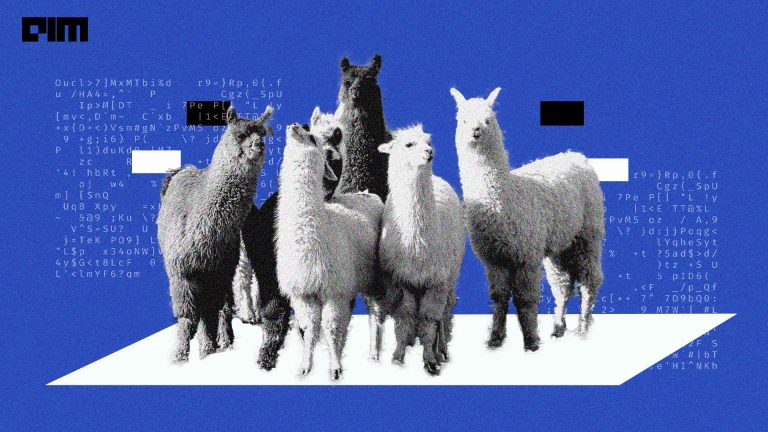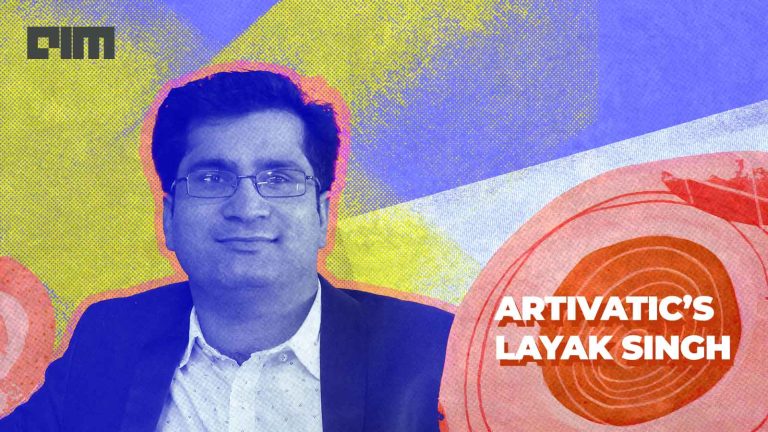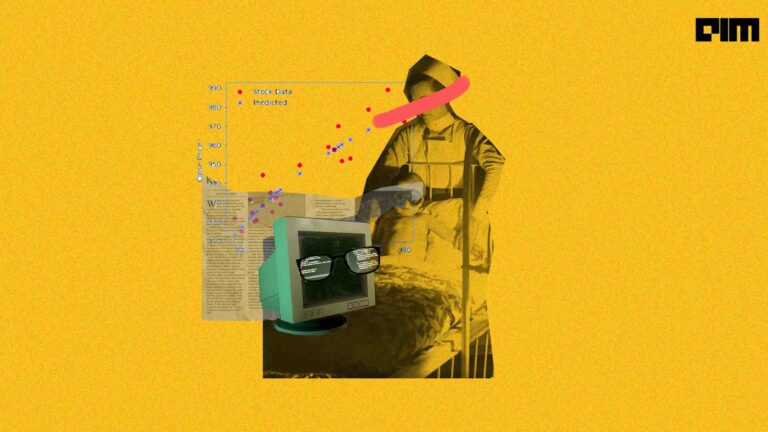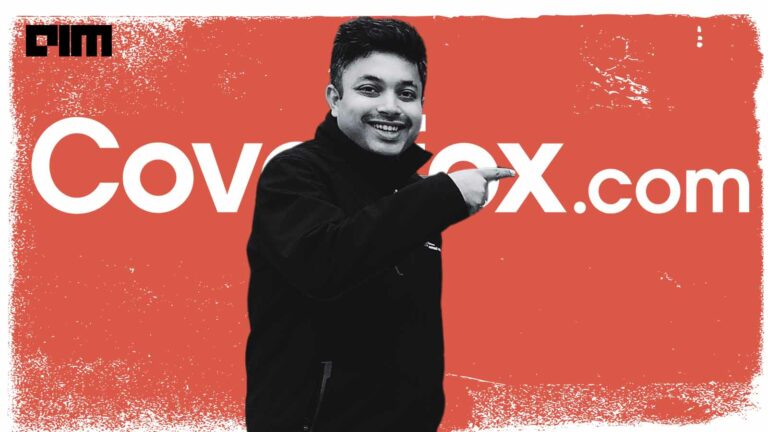According to media reports, the Micro, Small and Medium Enterprises (MSME) sector currently faces a $380 billion credit gap. Mumbai-based ARTH wishes to use technology to bridge this gap.
The women-first MSME fintech startup was founded in 2018 by Shweta Aprameya. Established under the brand name of Arthimpact Digital Loans, the startup focuses on women-led enterprises with limited or no online adoption. It started operations by offering credit services and soon added embedded insurance into its product portfolio. So far, it has extended over five lakh loans, impacting over 3.5 lakh micro-entrepreneurs.
The startup evaluates customers using reliable, verified data, occupation, digital records and social factors and does not depend on standard paperwork such as credit bureau records or income tax statements. The fintech startup operates in micro-markets and has serviced 3.5 lakh micro-entrepreneurs who do not have bank statements and GST records across 18,400 pin codes in India.
Recently, Chief Product Officer Raman Taneja got into a conversation with Analytics India Magazine to explain how ARTH uses AI and ML to create digital personas for customers that ultimately helps in the designing of suitable financial products, rather than going for a one-size-fits-all approach.
Raman has an MBA from IBS Hyderabad and has earlier worked as CTO at Dvara Solutions and as the Head of Digital Financial Inclusion, Consumer Banking, Strategic Partnerships and Distribution Channels at Jio Payments Bank.
Edited excerpts from the conversation:
AIM: What pain point is ARTH trying to address? How is it doing so?
Raman Taneja: ARTH targets New-to-Credit (NTC) and thin-file micro-MSME entrepreneurs. These include micro-businesses across categories including grocery, apparel, restaurant and others. While these entrepreneurs are savvy in managing their money, they lack access to formal credit and other relevant financial services such as insurance and digital payments.
ARTH’s theory of change is built on the premise that if fair-priced and flexible financial access is given to micro-entrepreneurs, it can bring viable returns on business.
Since technology adoption is still limited amongst the target group it services, we have adopted a hybrid touch-and-tech model. The team also helps new-to-credit customers understand the details of the credit and payment mechanism to ensure there are no surprises for the customer later. In turn, this provides us with a chance to understand better the needs of a customer and design products suitable for them.
For instance, during the Covid-19 lockdown, many customers needed capital to re-start their business. We offered ‘COVID Rahat loans’– interest-free financial loans to help customers who were severely impacted. Rahat loans were targeted at women nano entrepreneurs with earnings less than Rs 3 lakh per annum.
AIM: What are your key roles and responsibilities as the CPO at ARTH?
Raman Taneja: My responsibilities involve developing tech-led products and partnerships to have an easy-to-use interface for digital and non-digital customer segments. The product tech stack uses open-source technology extensively and has adopted innovations from across the world. In addition, we use public and private APIs to collect customer data and provide easy navigation throughout the onboarding experience.
The idea is to build a product tech stack to handle scale. The product roadmap includes creating a seamless experience across credit and insurance across partners and channels. While our focus so far has been on credit, we will soon be expanding into other financial products to upscale micro-MSMEs through our digital platform.
AIM: What are your key products and services?
Raman Taneja: At present, the focus has been on providing credit products to micro-MSME entrepreneurs. We have co-developed innovative insurance products with one of the leading digital insurance companies, focusing on micro-MSMEs’ different needs. Through insurance products, we offer life and health insurance as well as income protection to the micro-MSMEs.
We are also looking at launching new products for upscaling micro-MSMEs through digital platforms. The product roadmap includes creating a seamless experience across credit and insurance across partners and channels. The digital platform will offer linkages to both forward and backward supply chains to make credit available on demand.
AIM: Explain the tech stack.
Raman Taneja: We have been using a combination of open-tech platforms like Angular, Ruby on Rails and Postgres to develop our technology backend.
Open-source platforms allow us to adopt and implement some of the best-developed technologies from across the world at a reasonable cost of ownership. This includes mobile frontend frameworks and backend technology. Tech stack conforms to APIs and microservices framework and can be integrated into any number of APIs in a matter of days.
AIM: What tech tools do you use?
Raman Taneja: We use:
- Open-source tools for development and deployment on cloud
- The new framework under progress is also cloud-native
- Tools provided by Amazon Web Services to manage day-to-day operations
- Optical Character Recognition (OCR) and computer vision tools to read KYC documents.
AIM: Explain the ML model you use to detect fraud.
Raman Taneja: We consume reliable open-source data available publicly as well as alternate data collected from users for training our AI and ML models. The entire customer lifecycle data gets fed into the ML model for training our engine to identify potential risks and new opportunities.
ML model trains on customer onboarding, transaction and public APIs data to create predictive behaviour, which helps identify risk better.
AIM: How are you leveraging AI and ML technologies?
Raman Taneja: For underwriting a customer for credit, our proprietary ML model determines eligibility through alternate social, economic, business sales and behavioural data. To further enhance and continue deep learning of the customer base, the ML model evolves a Predictive Risk Score of a customer and identifies patterns for payers and non-payers.
Since ARTH largely works with new-to-credit and thin-file micro-entrepreneurs, we lay a lot of importance on customer education and awareness. Once the credit is approved, our representatives impart know-how to each customer and explain the details of the interest payment schedule and other rules such as late payment fees. Feedback from each such session is also fed into the ML model for future use.
We use computer vision to ensure the paperwork filled in by a customer for KYC is valid and will be acceptable by the guidelines required by RBI. This helps our systems to detect any anomaly in the submission on a real-time basis.
AIM: Who do you see yourself competing with? How do you differentiate yourself from your competitors?
Raman Taneja: We have stayed razor focussed on addressing the credit needs of micro-MSMEs. Most of these enterprises do not have financial information in standard formats, our AI/ML engine captures data across social, economic, and business parameters to assess creditworthiness. Our credit size is also extremely flexible to suit a customer’s requirement at different points in time.
We reach out to our potential customers through tech & touch models and work with network operators at both national and hyperlocal levels.
AIM: What is the success rate of your model?
Raman Taneja: The model has shown excellent results in the lowest ticket size customers, thereby showcasing the objective of bringing a large scale impact on the micro-MSME segment. The favourable experience on access to credit is shown in a great loyal base of over 60 per cent repeat customers. So far, ARTH’s Credit Risk model has shown one of the best results in the industry.
AIM: How many loans have been disbursed by ARTH so far? What is the average ticket size?
Raman Taneja: ARTH has serviced 350,000 unique customers, and 55 per cent of these are new to credit. The average ticket size for a loan is around Rs 50,000.
AIM: What are ARTH’s future plans?
Raman Taneja: Financial inclusion in India has made great collective progress. From being a largely unbanked country, the various initiatives supported by regulators and the government have led to the opening of nearly a billion bank accounts in India and providing access to customers through a large number of banking agents. Access to credit, however, continues to be limited, especially to micro-enterprises and businesses. These customers do not have formal records of their business transactions and business establishments, which results in typical issues of information asymmetry and exclusion.
While our focus has been on credit, we will soon be expanding into other financial services to upscale micro-MSMEs through a digital platform. ARTH will create a partner ecosystem to provide credit-on-demand to all the stakeholders.


















































































